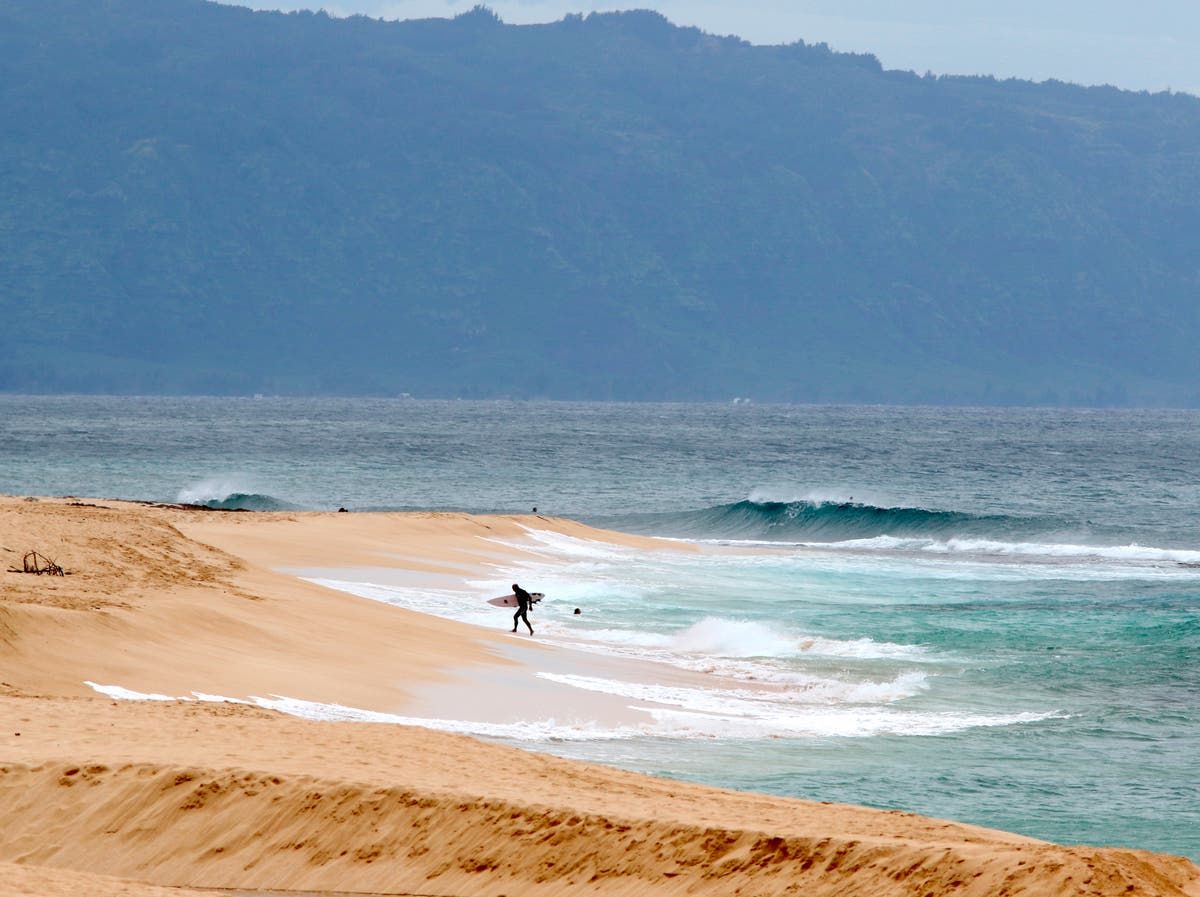Overview of Shark Attacks in Hawaii: Shark Attack Hawaii

Shark attack hawaii – Hawaii, renowned for its pristine beaches and vibrant marine life, has experienced its fair share of shark attacks. Historical records indicate a steady pattern of incidents, with varying frequencies and locations.
In the turbulent waters off Hawaii, shark attacks cast a chilling shadow. Yet, amidst the fear, a refuge emerges— Goat Island Oahu , a sanctuary where snorkelers and swimmers can bask in the sun’s embrace. Here, the threat of danger fades into a distant memory, as the tranquil waters invite exploration and the worries of shark attacks seem a world away.
The majority of shark attacks in Hawaii have occurred on the islands of Oahu, Maui, and Hawaii Island (Big Island). Oahu, with its bustling capital Honolulu and popular tourist destinations like Waikiki Beach, accounts for the highest number of attacks. Maui, known for its scenic coastlines and snorkeling spots, has also witnessed several encounters.
Off the coast of Hawaii, a great white shark attacked a swimmer, leaving a bloody trail in its wake. News of the incident spread like wildfire, sending shivers down the spines of beachgoers. Amidst the frenzy, a peculiar tale emerged from the depths of the internet—the legend of Tomato Perry , a mythical tomato with a penchant for adventure.
As the sun dipped below the horizon, casting an eerie glow over the water, whispers of Tomato Perry’s daring escapades intertwined with the chilling reality of the shark attack, creating an unsettling symphony of fear and wonder.
Shark Species Involved, Shark attack hawaii
The primary species responsible for shark attacks in Hawaii is the tiger shark (Galeocerdo cuvier). Tiger sharks are known for their aggressive behavior and are often found in shallow waters near shore. Other species involved in attacks include the great white shark (Carcharodon carcharias), the Galapagos shark (Carcharhinus galapagensis), and the sandbar shark (Carcharhinus plumbeus).
Factors Influencing Shark Attacks

Environmental factors play a significant role in shark attacks. Warmer water temperatures increase shark activity, as sharks are cold-blooded animals that rely on external heat sources to regulate their body temperature. Reduced water visibility, such as during heavy rainfall or murky conditions, can limit a shark’s ability to detect potential prey, leading to increased encounters with humans. Additionally, the availability of prey species, such as fish and marine mammals, influences shark behavior and distribution, making areas with abundant prey more prone to shark encounters.
Human factors also contribute to shark attacks. Certain swimming behaviors, such as splashing or erratic movements, can attract sharks’ attention and trigger a predatory response. Surfing activities, where individuals spend extended periods in the water, increase the likelihood of encountering sharks. Fishing practices, such as chumming or spearfishing, can attract sharks to areas where humans are present.
Tourism and recreational activities can influence shark encounters. Increased human presence in coastal areas, such as through swimming, surfing, and boating, raises the probability of interactions between humans and sharks. However, it is important to note that shark attacks remain a rare occurrence, and most interactions between humans and sharks do not result in attacks.
Mitigation Strategies for Shark Attacks

Shark attacks, though rare, can be devastating. Mitigation strategies aim to reduce the risk of encounters and minimize their impact. These include shark deterrent devices, beach patrols, warning systems, and best practices for water users.
Shark Deterrent Devices
Personal deterrents, such as electronic shark repellent devices and magnetic shark deterrents, emit electrical or magnetic pulses to deter sharks. Drumlines, baited hooks suspended in the water, attract and catch sharks, removing them from popular swimming areas.
Beach Patrols and Warning Systems
Beach patrols monitor beaches for shark activity and warn swimmers of potential hazards. Warning systems, such as shark flags or sirens, alert beachgoers to the presence of sharks.
Best Practices for Water Users
Swimmers, surfers, and boaters should minimize their risk by following best practices:
- Avoid swimming at dawn, dusk, or night, when sharks are most active.
- Swim in clear water with good visibility.
- Avoid areas with known shark activity or baitfish.
- Stay away from seals or sea turtles, which may attract sharks.
- Surfers should avoid surfing alone and stay close to shore.
- Boaters should avoid chumming or discarding fish waste.
As the sun dips below the horizon, casting an eerie glow over the waters of Hawaii, the news of a shark attack sends shivers down the spines of beachgoers. The ocean, once a sanctuary, now holds a lurking danger. But amidst the fear, a glimmer of hope emerges in the form of brewers angels prediction , a beacon of knowledge and guidance in uncertain times.
As the waters churn and the search for the missing swimmer continues, the words of the angels echo in the hearts of those who await news, offering solace and a reminder that even in the face of adversity, there is always hope.
In the treacherous waters off Hawaii, the threat of shark attacks looms large. Yet, amidst the fear and danger, a curious tale emerged—that of “Tomato Perry,” a mysterious figure said to possess an uncanny ability to repel sharks. Read more about this enigmatic character and his supposed connection to the shark-infested seas.
Despite the shroud of mystery surrounding Perry, the stories of his encounters with these formidable predators continue to fascinate and intrigue those who venture into the realm of shark attack Hawaii.
In the azure waters of Hawaii, where the sun’s rays dance upon the ocean’s surface, the threat of a shark attack looms. Tamayo Perry, a renowned shark expert, has dedicated his life to understanding these apex predators. His research, documented in his groundbreaking work Tamayo Perry Hawaii , provides invaluable insights into the behavior and ecology of sharks, helping to mitigate the risk of encounters while preserving the delicate balance of the marine ecosystem.